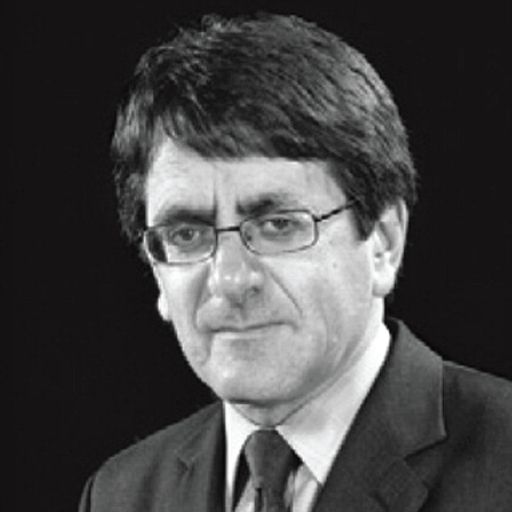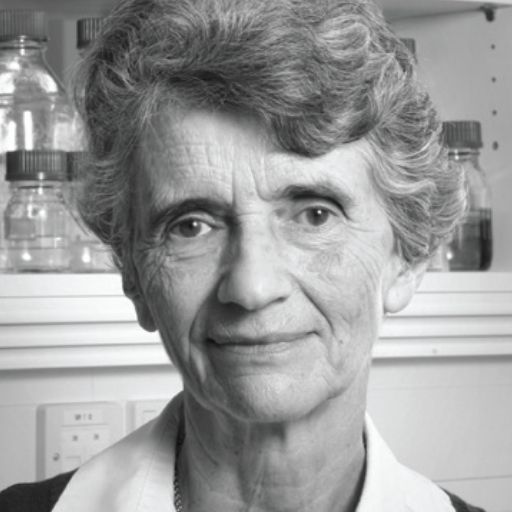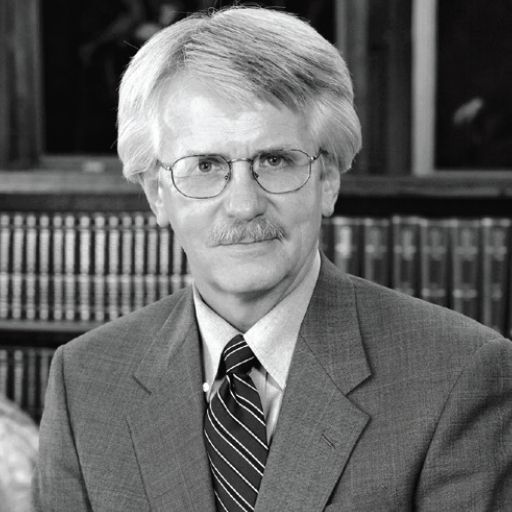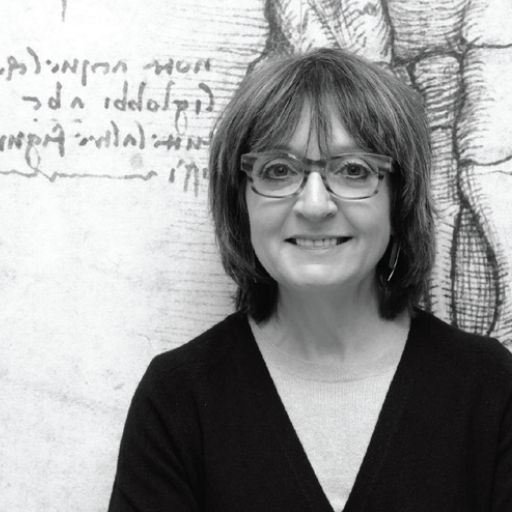2016

Year 36
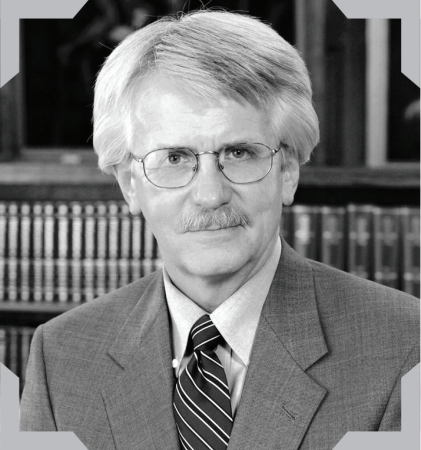
Prof. Ronald C. Petersen
Cora Kanow Professor of Alzheimer's Disease Research
Mayo Clinic College of Medicine, Rochester, USA
THEME: THE FORGETFUL BRAIN
Studies of brain scans have shown how the brain cells decay and die. We now know that Alzheimer's disease is
defined by plaques and tangles in the brain. We are now able to determine whether people are predestined to
develop Alzheimer's disease, much earlier, as we pick up patterns and signals of plaques and tangles through
techniques such as advanced brain imaging and CSF analysis. The rate of progression of prodromal AD to a fully
blown syndrome can thus be studied using biomarker estimations: clinical (memory testing), laboratory (CSF analysis),
structural imaging (advanced MRI) and functional brain imaging using generic (FDG PET) or specific (PiB PET) tools.
Lifestyle modifications, including moderate exercise of 150 minutes per week had been shown to improve cognitive function. Staying intellectually active, being involved in social work, can also prevent ageing of the brain. Ageing need not be a passive process. We can forestall cognitive dysfunction. Risk factors such as obesity, smoking, high blood pressure and diabetes should be controlled between the ages of 40 and 50 years rather than wait for the onset of the disease.
Lifestyle modifications, including moderate exercise of 150 minutes per week had been shown to improve cognitive function. Staying intellectually active, being involved in social work, can also prevent ageing of the brain. Ageing need not be a passive process. We can forestall cognitive dysfunction. Risk factors such as obesity, smoking, high blood pressure and diabetes should be controlled between the ages of 40 and 50 years rather than wait for the onset of the disease.

